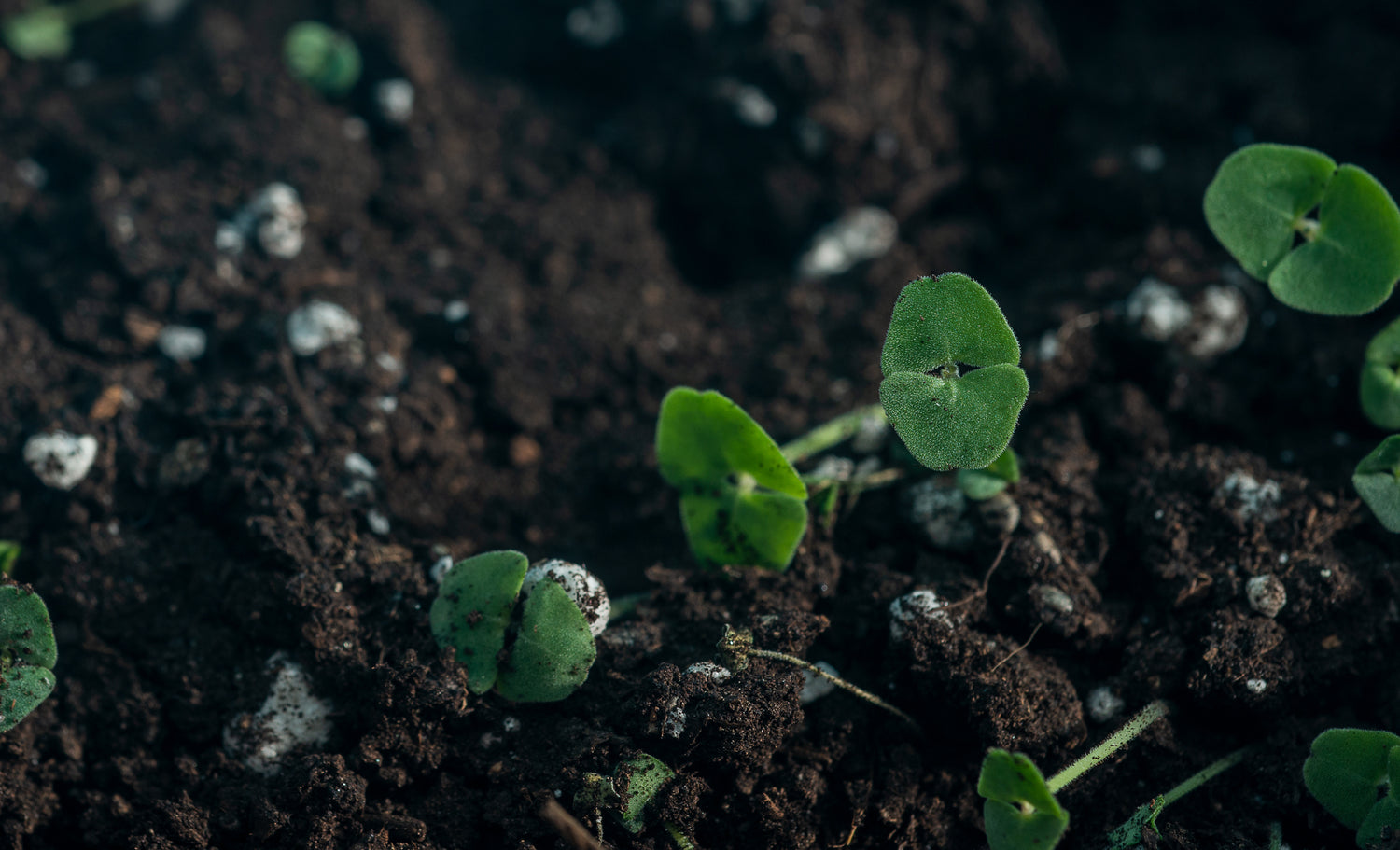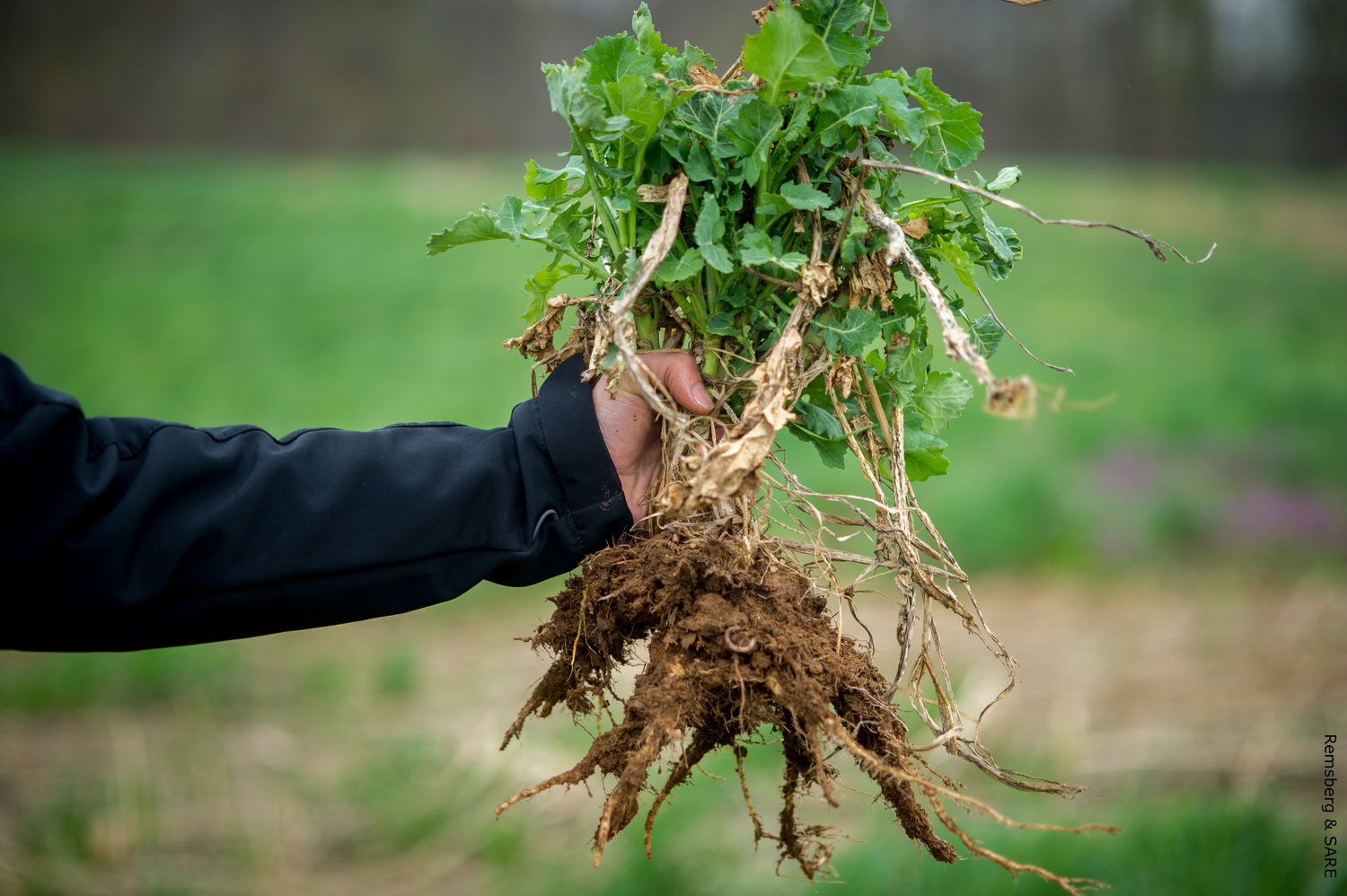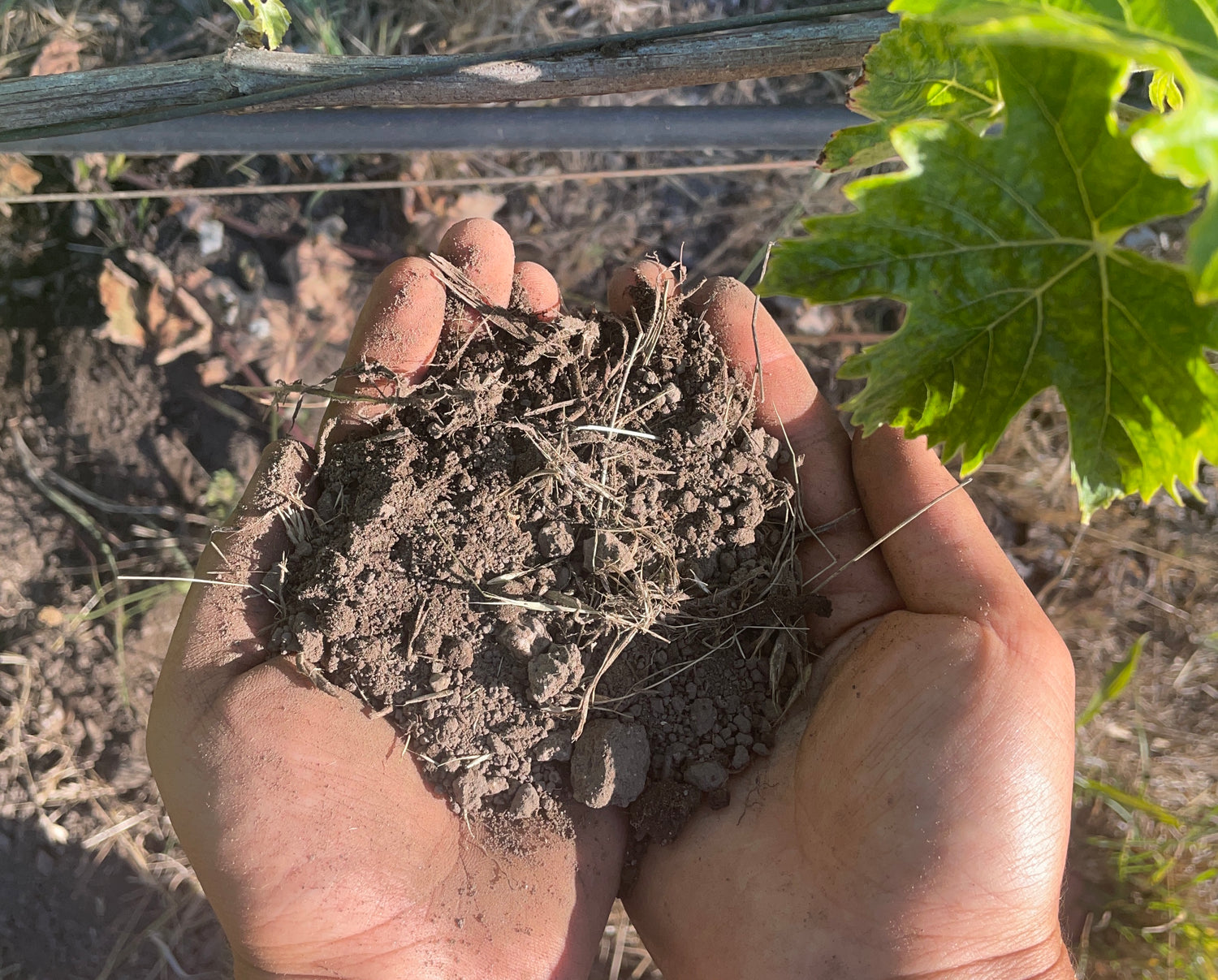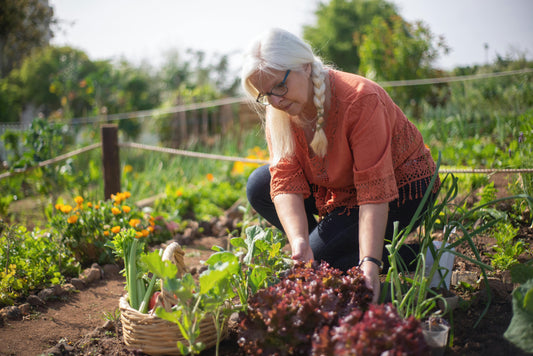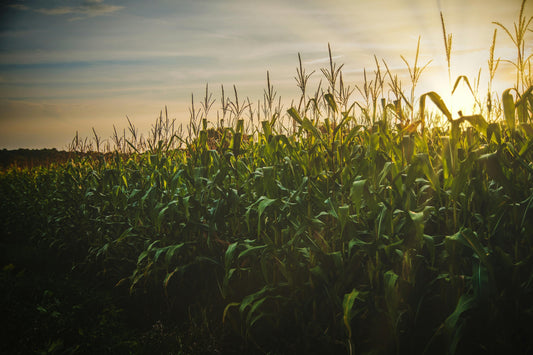In California’s diverse landscapes, from sun-scorched deserts to misty coastal bluffs, native plant landscaping is transforming how we nurture our environment. Far beyond a trend, it’s a vital strategy to combat soil degradation, conserve water, and bolster biodiversity amidst climate change. By leveraging plants evolved for California’s unique conditions, this practice enhances soil health, supporting ecosystems and communities. Backed by 2024 research, this 2025 guide explores how native plants revitalize soils, practical steps for implementation, and their role in sustainable land management, contributing to a $2 billion green economy, per a 2024 *California Environmental Protection Agency* report.
The Power of Native Plants
Native plants, indigenous to California’s varied climates, thrive in local soils and weather, requiring minimal intervention. From coastal sage to desert yucca, they’ve adapted over millennia, making them ideal for sustainable landscaping. A 2024 *Journal of Applied Ecology* study notes that native plant gardens cover 500,000 acres statewide, supporting resilient ecosystems.
Ecological Advantages
- Biodiversity Boost: Native plants sustain 1,500 insect species and 200 bird species, fostering 30% richer ecosystems than non-native gardens, per a 2024 *Biodiversity and Conservation* study.
- Water Savings: Drought-tolerant natives like manzanita reduce irrigation by 50%, saving 1.5 million gallons per acre annually, per a 2024 *Water Resources Research* study.
- Chemical Reduction: Adapted to local pests, natives cut pesticide use by 40%, minimizing soil and water contamination, per a 2024 *Environmental Management* study.
Soil Health: The Foundation of Resilience
Healthy soil is a living system, sustaining plants, cycling nutrients, and storing carbon. It’s defined by structure, organic matter, microbial life, and nutrient dynamics. In California, where 20% of soils face degradation, per a 2024 *Soil Science Society of America Journal* study, native plants are key to restoration.
Key Soil Health Indicators
- Structure: Good aggregation enhances water infiltration by 25%, per a 2024 *Geoderma* study.
- Organic Matter: 3–6% content improves fertility and water retention by 15%.
- Microbial Activity: Diverse microbes increase nutrient availability by 20%, per a 2024 *Soil Biology and Biochemistry* study.
- Nutrient Cycling: Efficient cycles deliver 10–30 ppm nitrogen, supporting plant vigor.
How Native Plants Enhance Soil Vitality
Native plants act as soil architects, fostering conditions that sustain ecosystems. Their impact is profound:
Strengthening Soil Structure
Deep roots, like those of purple needlegrass, break up compacted layers, improving aeration by 15% and water movement by 20%, per a 2024 *Journal of Soil and Water Conservation* study. This supports robust plant growth and reduces erosion by 25%.
Enriching Organic Matter
Leaf litter and plant debris add 1–2 tons of organic matter per hectare annually, boosting fertility by 10%, per a 2024 *Agronomy Journal* study. Decomposition by soil organisms enhances soil texture and nutrient pools.
Boosting Microbial Life
Native plants foster diverse microbes, with mycorrhizal fungi enhancing nutrient uptake by 30%, per a 2024 *Soil Biology and Biochemistry* study. This microbial synergy suppresses pathogens, reducing disease by 15%.
Optimizing Nutrient Cycles
Deep roots access nutrients from 12–24 inches below, recycling them to the surface via litter. This process increases nitrogen availability by 12%, per a 2024 *Journal of Plant Nutrition* study, compared to non-native plants.
Implementing Native Plant Landscaping
Creating a native plant landscape requires careful planning and sustainable practices. Here’s how to start:
Site Evaluation and Plant Choice
- Test soil pH (target 6.0–7.5), texture, and drainage to match plants like California poppy or ceanothus to site conditions.
- Select diverse species (e.g., 5–10 per garden) to support 20% more soil microbes, per a 2024 *Ecological Applications* study.
Soil Preparation
- Use no-till methods to preserve 10% more soil structure, per a 2024 *Soil Use and Management* study.
- Add 2–4 tons of compost per hectare to increase organic matter by 8%.
Planting and Care
- Space plants to reduce competition, promoting 15% healthier roots.
- Use drip irrigation during establishment, saving 30% water.
- Apply 2–3 inches of organic mulch to retain 20% more moisture and add 5% organic matter over time.
- Control weeds manually to avoid chemicals, protecting 90% of soil microbes.
Real-World Impacts: California Success Stories
Los Angeles Urban Oasis
A Los Angeles community transformed a vacant lot into a native plant garden with species like California sagebrush. Soil tests showed a 12% rise in organic matter and 15% more microbial activity within two years, per a 2024 *Urban Ecosystems* study. The garden now hosts 50 native species and educates 1,000 visitors annually.
Northern California Dune Revival
A coastal dune restoration near Arcata planted beach strawberry and sand verbena, reducing erosion by 30% and increasing soil carbon by 10%, per a 2024 *Journal of Coastal Research* study. The project restored 20 acres, supporting 100 plant and animal species.
Broader Implications for California
Climate Resilience
Native plant soils sequester 3–5 tons of carbon per hectare, cutting emissions by 10%, per a 2024 *Biogeochemistry* study. Reduced irrigation and chemical use lower greenhouse gas outputs by 15%.
Agricultural Innovation
Agroecological practices using native cover crops improve soil health on 100,000 acres, increasing yields by 12% and resilience to drought, per a 2024 *Agricultural Systems* study.
Community Engagement
Native plant projects in 500 schools and parks foster environmental literacy, reaching 50,000 residents annually, per a 2024 *Environmental Education Research* study.
Resources for Native Plant Landscaping
Access supplies and expertise at:
- Theodore Payne Foundation (Sun Valley, CA): Native seeds, guides. Rated 4.8 stars.
- Tree of Life Nursery (San Juan Capistrano, CA): 500 native species. Rated 4.7 stars.
- California Native Plant Society: Online resources, local chapters.
- Local Garden Centers: Harmony Farm Supply (Sebastopol, CA) for compost, kits.
Soil testing: UC Davis Extension, A&L Western Laboratories.







